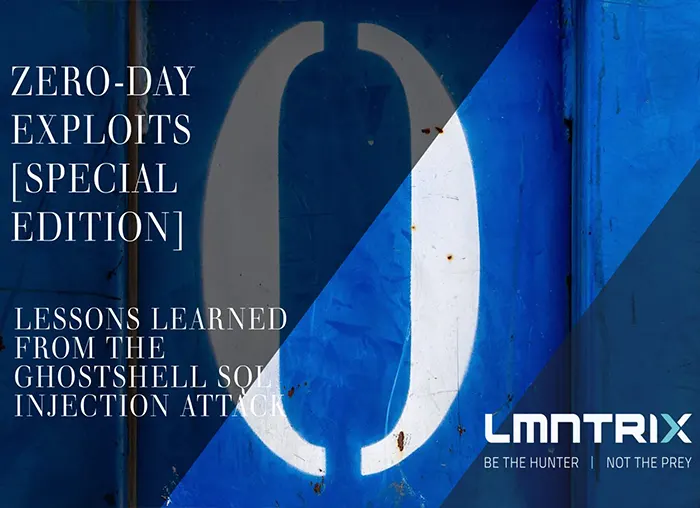
Introduction
In 2012, almost a decade ago, a group of hackers called GhostShell carried out a series of attacks, targeting various government agencies and organizations worldwide. One of the most significant attacks carried out by the group was a SQL injection attack, which affected thousands of databases using the SQL query language developed to make database management a far easier task, but sadly threat actors figured out a way to abuse such an important computer science tool. This article discusses the GhostShell attack, focusing on the SQL injection attack.
Who is GhostShell?
GhostShell is a hacking group that emerged in 2012, comprising anonymous hackers from around the world. The group gained notoriety for carrying out attacks on government agencies, universities, and corporations worldwide. The group’s primary motivation was to expose security flaws in various systems and raise awareness about the dangers of cyberattacks.
The group’s most significant attack was the GhostShell attack, which targeted thousands of databases worldwide. The attack was carried out using SQL injection, which is a type of cyberattack that exploits vulnerabilities in web applications that use SQL databases. While the attacks did show fundamental flaws in the general approach to cyber security at the time, the damage was caused by the group when they publicly leaked stolen data from compromised databases.
What is SQL Injection?
SQL injection is a type of cyberattack that exploits vulnerabilities in web applications that use SQL databases. SQL (Structured Query Language) is a programming language used to manage and manipulate data stored in relational databases. Many web applications use SQL databases to store data, including usernames, passwords, and other sensitive information.
SQL injection attacks exploit vulnerabilities in web applications that do not adequately validate user input. Attackers can input malicious SQL statements into a web application’s input fields, often the forms of websites used to collect data, causing the application to execute malicious actions that allow the threat actor to access sensitive data. This can result in the disclosure of sensitive data or the modification of data stored in the database.
How Did the GhostShell Attack Work?
The GhostShell attack was carried out using SQL injection, which exploited vulnerabilities in web applications that used SQL databases. The attack targeted thousands of databases, including those belonging to government agencies, universities, and corporations worldwide. The attackers used a tool called Havij to scan websites for vulnerable SQL databases that could be compromised. Havij is a popular tool used by hackers to automate SQL injection attacks. Once the tool identified vulnerable websites, it would attempt to inject malicious SQL statements into the web application’s input fields.
The GhostShell attack targeted several high-profile websites, including NASA, the Federal Reserve, and the European Space Agency, just a few of the big names that fell victim to GhostShell. The attackers were able to extract sensitive data, including usernames, passwords, and email addresses, from the compromised databases.
Impact of the GhostShell Attack
The GhostShell attack had a significant impact on the organizations that were targeted. The attack resulted in the disclosure of sensitive data, which could have severe consequences for individuals and organizations. The attackers were able to extract usernames and passwords, which could be used to gain unauthorized access to systems and networks far beyond the databases. The attack also exposed vulnerabilities in web applications that used SQL databases. This highlighted the need for organizations to ensure that their web applications are adequately secured and validated.
Lessons Learned
The GhostShell attack highlighted the importance of securing web applications and databases properly. Organizations should implement security measures, such as input validation to access parameterized queries, to prevent SQL injection attacks.
Organizations should also regularly conduct security audits and penetration testing to identify vulnerabilities in their systems and networks. This can help identify potential weaknesses and address them before they can be exploited by attackers.
Conclusion
The GhostShell attack was a significant event in the history of cyberattacks, highlighting the dangers of SQL injection attacks. The attack targeted thousands of databases worldwide, resulting in the disclosure of sensitive data and exposing vulnerabilities in web applications. Organizations should learn from the GhostShell attack and ensure that their systems and networks are adequately secured. Implementing security measures such as input validation and parameterized queries can help prevent SQL injection attacks. Regular security audits and penetration testing can help identify vulnerabilities and address them before they can be exploited by attackers.


